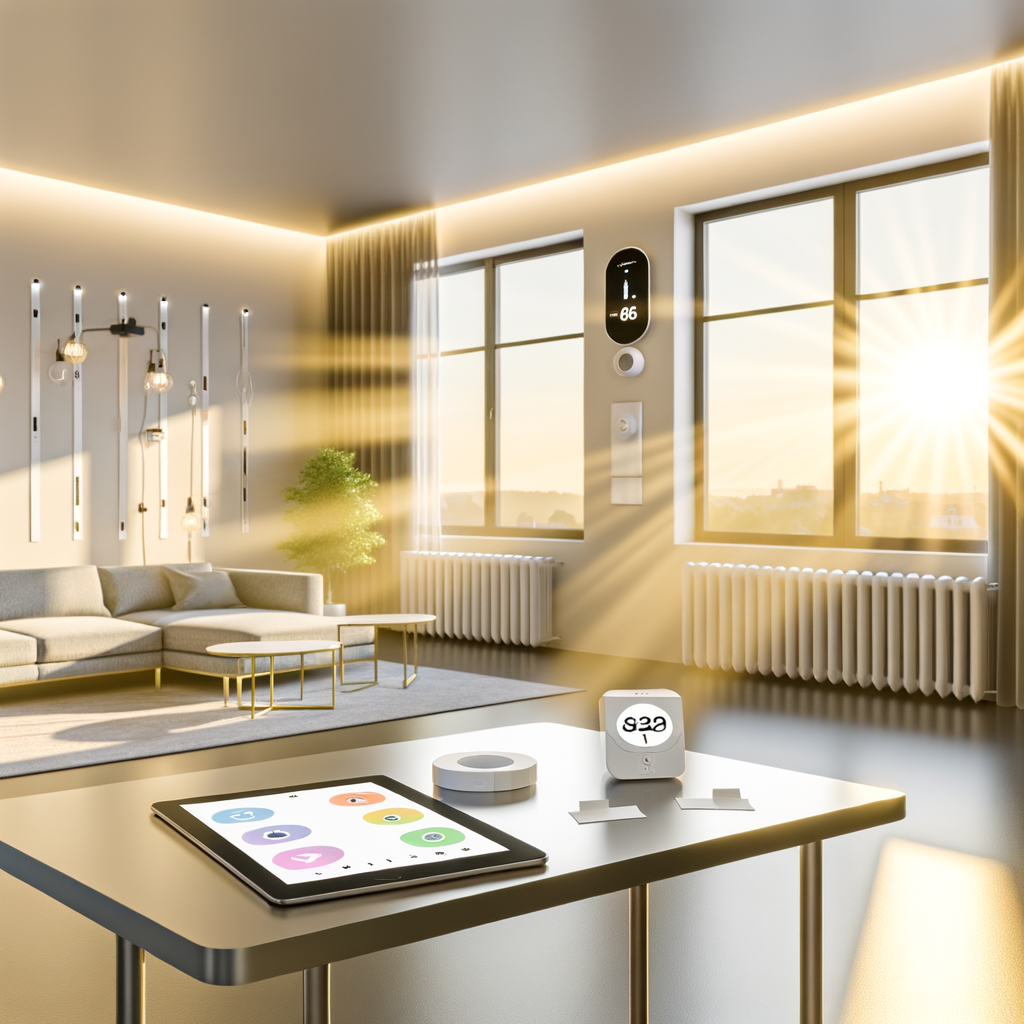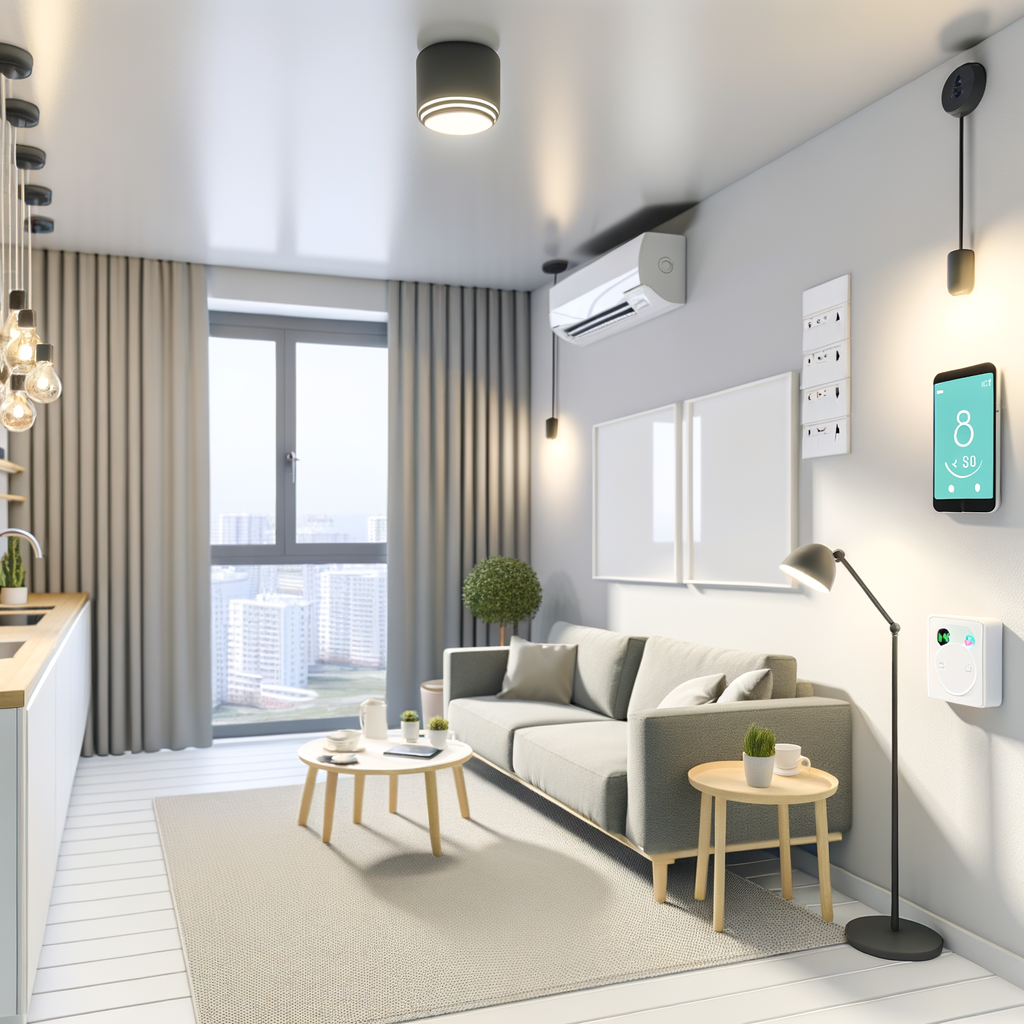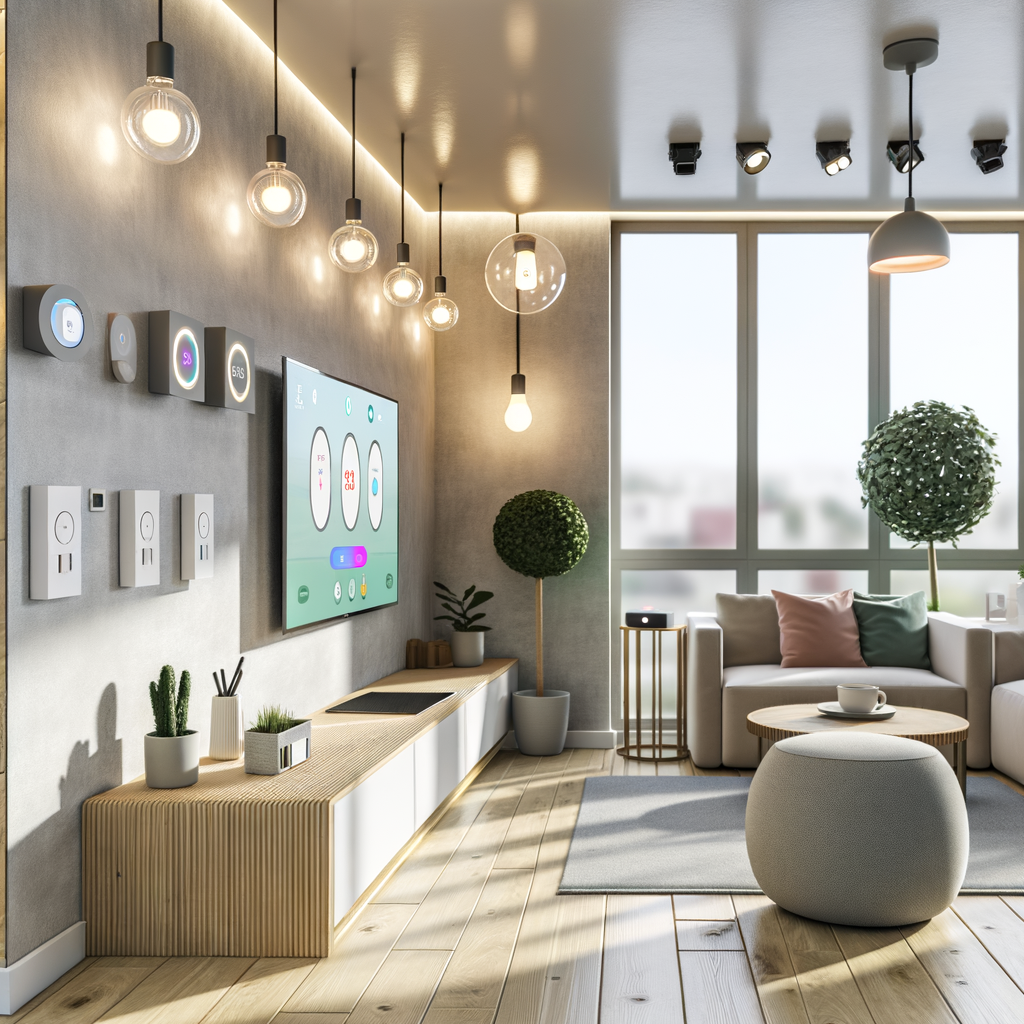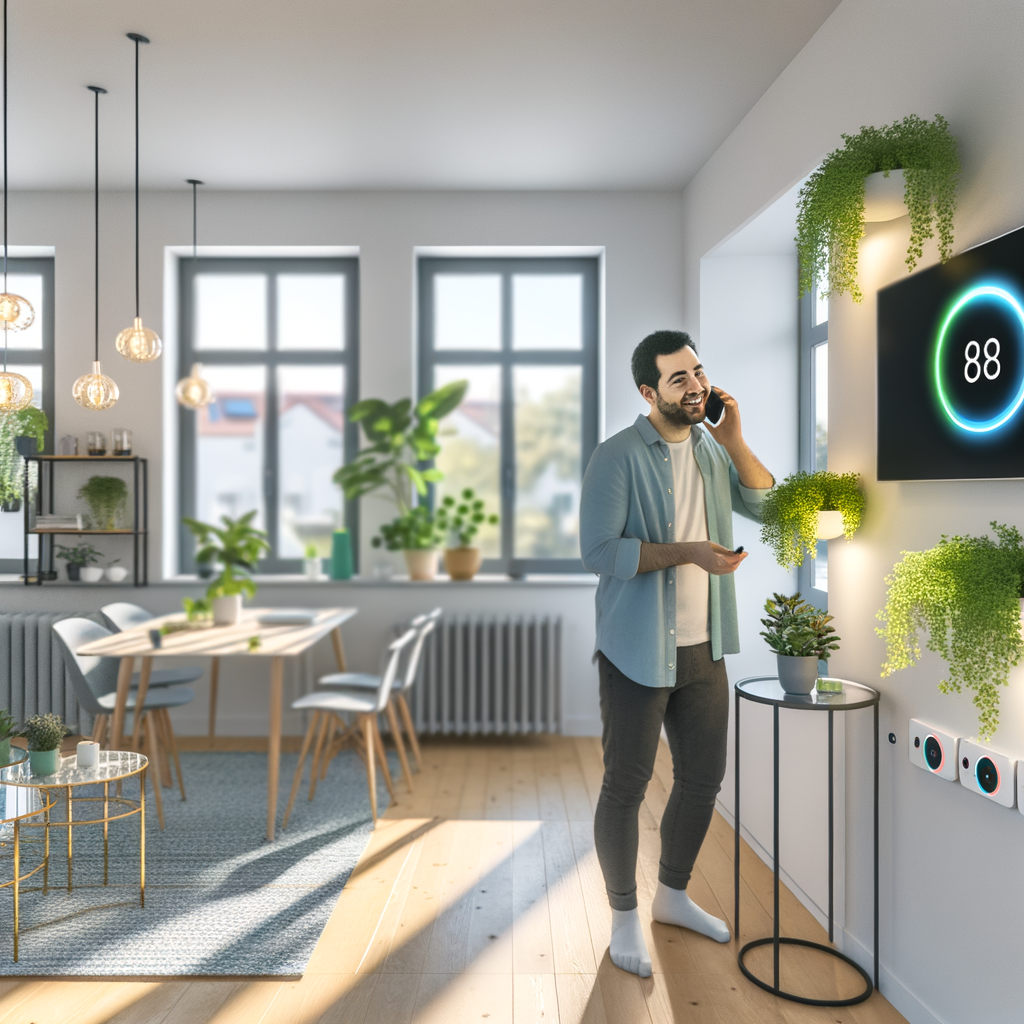How to Turn Your Rental into a Smart, Energy-Efficient Haven—Without Losing Your Security Deposit
Renting a home doesn’t mean you have to compromise on comfort or sustainability. These days, transforming a rented apartment, house, or condo into a smart, energy-efficient sanctuary is easier than ever—with zero risk to your security deposit.
In this guide, you’ll discover renter-friendly smart tech, clever energy-saving hacks, and step-by-step tips to maximize efficiency in any rental. You’ll find practical solutions to lower your bills, boost comfort, and reduce your carbon footprint, all without leaving a trace when you move out.
Why Energy Efficiency Matters for Renters
Renters often face challenges in upgrading their homes, as most leases restrict major changes. Still, slashing energy waste is crucial for:
- Lower utility bills: Energy-efficient fixes mean monthly savings.
- Improved comfort: Better temperature control and air quality.
- Environmental impact: Reduced greenhouse gas emissions.
- Modern convenience: Smart upgrades offer high-tech perks, even in rentals.
The best part? Many renters can make meaningful improvements with easy DIY solutions and smart devices that don’t require tools, wiring, or landlord approval.
Renter-Friendly Smart Home Upgrades
You don’t need to tear down walls or rewire your home to enjoy the benefits of a smart home. Here’s how to get started—damage-free:
1. Smart Plugs & Power Strips
- Plug-and-play: Install these into any existing outlet—no hardwiring required.
- Remote control: Power small appliances or lamps on/off via smartphone or voice assistant.
- Energy monitoring: Identify which devices are energy hogs and adjust usage in real-time.
- Automation: Set schedules to turn off devices when you’re out to reduce phantom loads (energy used by devices in standby mode).
2. Smart Lighting
- LED smart bulbs: Replace existing bulbs with Wi-Fi-enabled LEDs. They use less energy and last longer.
- Color and brightness control: Adjust ambience and save energy without fiddling with wall switches.
- No rewiring: Bulbs can be screwed in and removed when you move—your landlord won’t notice a thing.
3. Smart Thermostats for Renters
- Plug-in smart thermostats: For window or portable units, “smart” plugs offer scheduling and remote control without wiring.
- Non-invasive smart thermostat adapters: For mini-split systems, products like Sensibo or Cielo let you control temp via app—no wiring or drilling.
- Portable sensors: Use wire-free sensors to monitor and optimize room-by-room comfort.
4. Smart Window & Door Sensors
- Battery-powered: Stick on sensors with removable adhesive (no screws!).
- Monitor entry points: Get alerts when windows or doors are left open—helpful for reducing wasted heating or cooling.
- Integrate with routines: Set smart plugs or lights to turn off/on when you come or go.
5. Voice Assistants
- Central control: Devices like Amazon Echo or Google Nest Mini let you manage all your smart tech hands-free.
- Easy to relocate: Just unplug and pack when you leave.
- No installation needed: Place anywhere in your rental.
Energy-Efficiency Hacks That Won’t Upset Your Landlord
Even without smart tech, practical upgrades can make your rented space more comfortable and efficient. Here are landlord-approved (and easily reversible!) tactics that really work:
1. Seal Air Leaks with Removable Solutions
- Weatherstripping tape: Apply removable foam or silicone tape around windows and doors to keep drafts out. Leaves no sticky residue!
- Door draft stoppers: Block gaps with fabric stoppers or under-door seals that slide off easily.
- Removable window film: Shrink plastic insulation kits add a near-invisible, temporary second pane to single-glazed windows.
2. Maximize Natural Light & Control Heat
- Open blinds during the day: Let sunlight warm your home naturally in winter.
- Use thermal curtains: Hang with tension rods for added insulation (no need for screw-in hardware).
- Reflective window film: Temporary stick-on films that reduce summer heat gain and UV rays—easy to remove when you move out.
3. Control Hot Water Use
- Efficient showerheads: Swap standard heads with low-flow, pressure-boosting models—most unscrew and replace in minutes.
- Pipe insulation: Snap-on foam sleeves insulate exposed hot water pipes under sinks or in utility rooms—no tools needed.
- Timer switches: Plug-in timers can help limit heated towel rail use or other appliance cycles (great for electric water heaters).
4. Tame Appliance & Electronics Power Waste
- Unplug chargers: Many phone and laptop chargers draw power even when not in use.
- Enable “eco” modes: Look for energy-saving settings on TVs, computers, and gaming consoles.
- Full loads only: Run dishwashers and washing machines with full loads for best efficiency.
5. Use Plants for Natural Air Quality Boost
- Air-purifying plants: Peace lilies, spider plants, and pothos help cleanse indoor air.
- Humidity control: Certain plants release moisture, making your rental more comfortable (especially in dry winters).
- Portable planters: Use lightweight pots for easy moves and no marks on floors or walls.
How to Get Landlord Approval for Bigger Upgrades
Some renters may want to take on slightly more ambitious changes, such as installing a smart thermostat or weatherproofing doors. Here’s how to approach your landlord:
- Do your research: Have product info, benefits (energy savings, possible property value boost), and installation details ready.
- Propose professional installation: Offer to use a licensed installer for things like smart thermostats or door sweeps—this addresses many landlord concerns.
- Offer to restore upon move-out: Assure your landlord you’ll return any fixtures to their original state.
- Emphasize reversibility: Highlight products that can be easily removed or replaced (and saved for your next home).
Tip: Some regions offer state or utility rebates for efficiency upgrades—these can benefit both you and your landlord!
How to Avoid Security Deposit Pitfalls
Your top priority when upgrading a rental? Avoid any permanent modifications. Here’s how to stay safe:
- No nails or screws: Use adhesive hooks, tension rods, and removable tapes instead of hardware.
- Choose “plug-and-play” smart devices: Anything that doesn’t require rewiring is generally risk-free.
- Document upgrades: Take before-and-after photos. If hardware is swapped (like lightbulbs or showerheads), keep originals to reinstall before you move out.
- Stick to manufacturer’s instructions: Improper installation—even with stick-on products—could result in damage and charges.
Smart Energy Efficiency Checklist for Renters
- Install smart plugs on high-use devices (TV, desk lamp, router)
- Swap out bulbs for LED smart bulbs in every room
- Add a smart window AC controller for efficient cooling/heating
- Seal windows and doors




